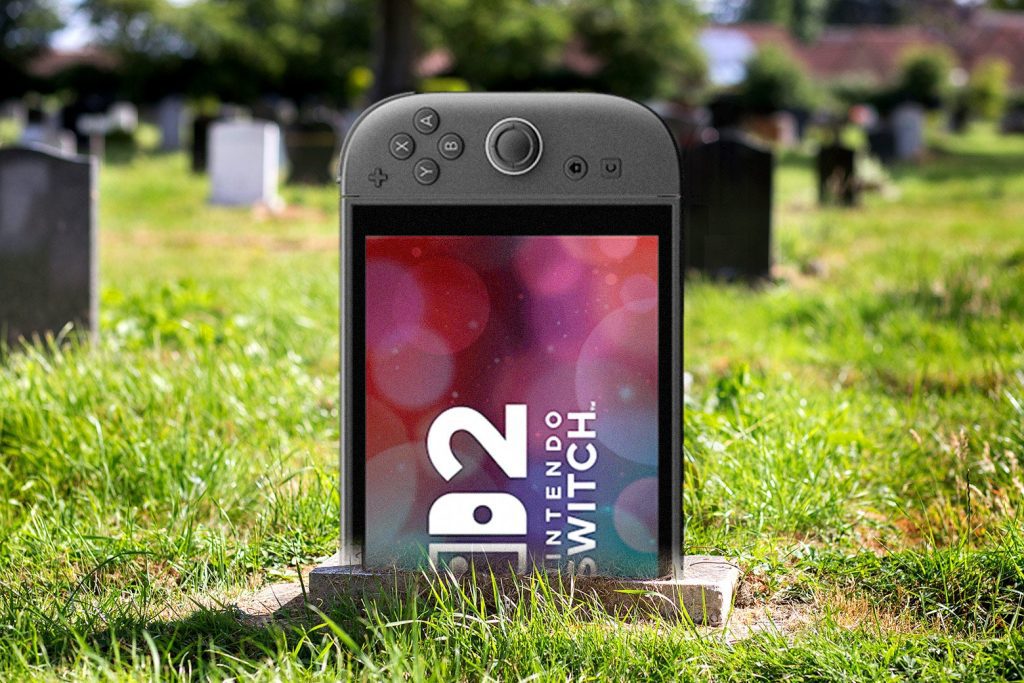The Shifting Landscape of the Video Game Industry
The video game sector often emphasizes metrics: record sales figures, impressive revenue increases, and vast numbers of active players. This numerical focus resonates with both developers and gamers as it signifies success.
Recently, a notable statistic emerged: within just four days of its June 5 release, the Nintendo Switch 2 became the fastest-selling home console ever, selling 3.5 million units. This remarkable performance caught the attention of investors, positioning Nintendo as a favorable option amidst economic instability. While this success is commendable and stands as proof of the industry’s value to skeptics, it may also signal a transient peak rather than a sustained upward trajectory.
To the untrained eye, everything appears vibrant in gaming, but the reality is that the traditional video game industry is essentially over. This may sound confusing due to the significant revenue generated by games. However, the methods of monetization have radically shifted. The older model, characterized by long-term console ownership and expectations of a steady stream of diverse games, is giving way to a more nebulous approach focused on extraction.
Today’s gaming norms are heavily influenced by platforms like Fortnite and Roblox, which serve more as user-generated content platforms rather than traditional games. For each blockbuster, there’s often a related Fortnite promotional event, obscuring the details of financial agreements. Epic Games, the creator of Fortnite, remains tight-lipped about its brand partnerships, yet their financial potential seems enormous. In 2024, Disney invested $1.5 billion in Epic, showing a preference for marketing in Fortnite over creating its own games.
This shift means that many leading titles are no longer premium products priced at $60 to $80 but rather free-to-play games dependent on microtransactions or gambling-like mechanics (often referred to as “gacha games”). They are accessible across various platforms, from smartphones to high-end consoles.
The current climate in gaming mirrors broader industry challenges, as private equity and lax regulations weigh heavily on the economy. Companies like Sony and Microsoft still manage to develop high-quality titles, but the ongoing changes signify a dead ecosystem surrounding them. The financial pressures create a demand for substantial hits, as illustrated by Microsoft’s ambition to become a streaming service for gaming—an approach that risks becoming an endless cycle of losses.
Despite these challenges, Nintendo remains strong by focusing on affordable hardware, frequent game releases, and innovative gameplay rather than high-end graphics. Yet, even with their successes, the increasing costs signal a transformation where gaming might soon be viewed as a luxury good. Nintendo’s recent price hike for games from $60 to $70 and the premium of $79.99 for Mario Kart World highlight this shift, showcasing that the beloved hobby may soon compete for a fraction of consumers’ spending.



